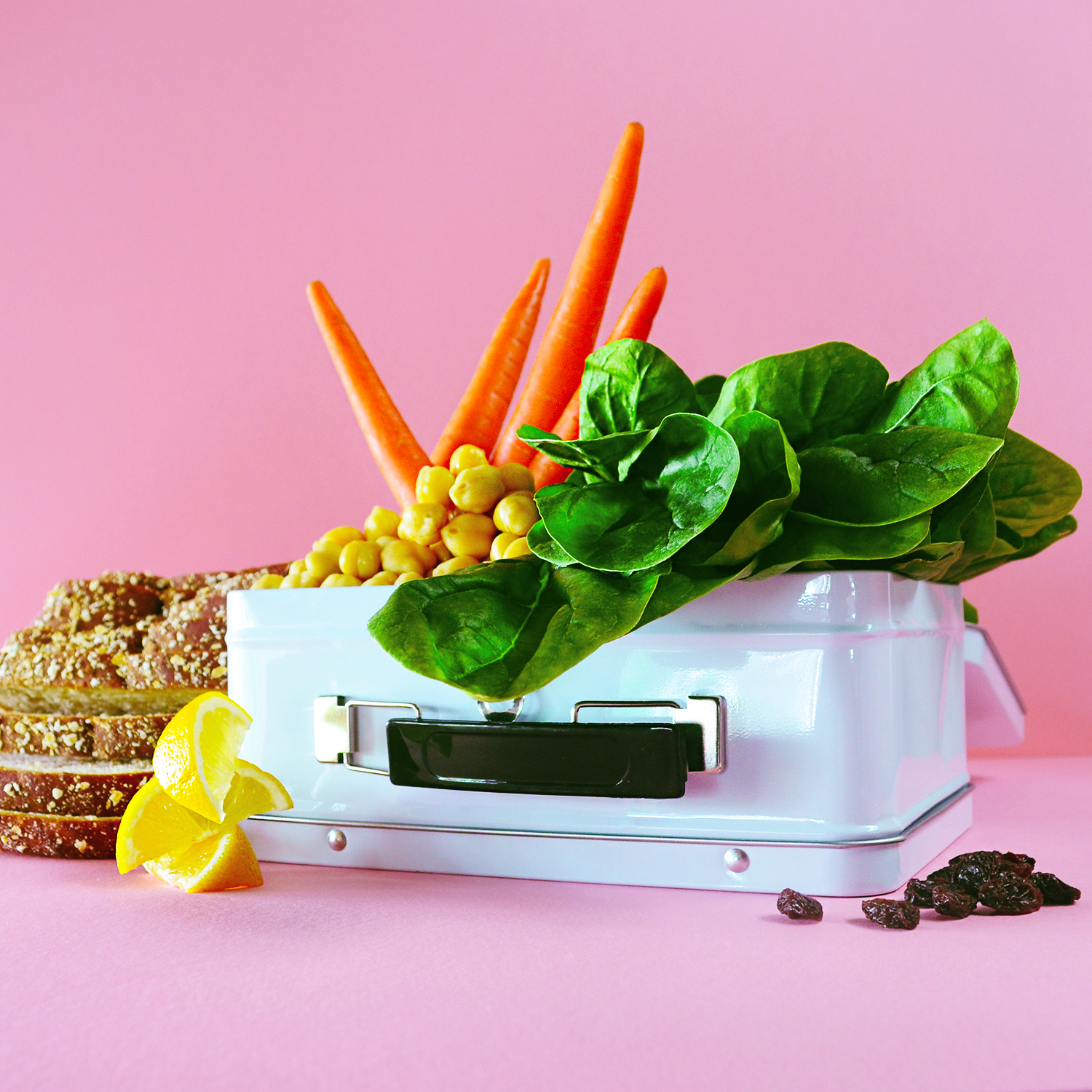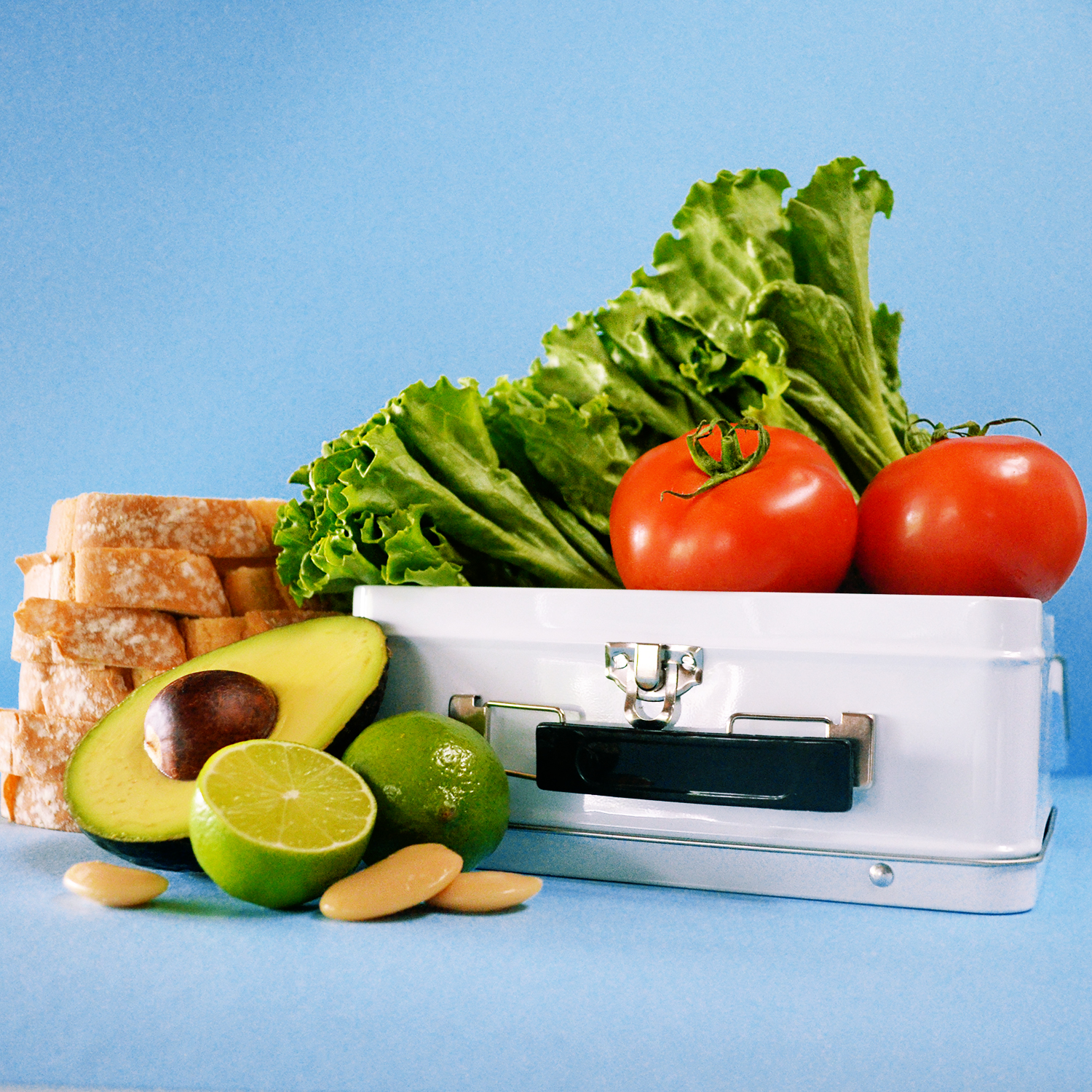The Power of a Healthy School Lunch: Boosting Child Health with Veggie-Packed Meals
Boosting Child Health with Veggie-Packed Meals
As parents, we strive to provide the best for our children, from nurturing their minds to ensuring their physical well-being. One of the most impactful ways we can support our children’s health and development is by paying close attention to what they eat, especially during school hours. A healthy school lunch is more than just a midday meal; it’s a crucial part of a child’s overall well-being and can play a significant role in preventing childhood obesity, improving academic performance, and fostering lifelong healthy eating habits.
The Importance of a Healthy Lunch for School Children
When children eat a balanced, nutritious lunch, it positively impacts their physical and cognitive health. Research has shown that children who consume meals rich in fruits, vegetables, whole grains, and lean proteins experience improved concentration, memory, and cognitive function, all of which are critical for their academic success.
- Nutritional Benefits A healthy lunch packed with essential nutrients supports a child’s growth and development. Vegetables, in particular, are powerhouses of vitamins, minerals, and fiber. According to the Centers for Disease Control and Prevention (CDC), a diet high in vegetables and fruits can reduce the risk of chronic diseases and is crucial for maintaining a healthy weight.
Incorporating more vegetables into your child’s lunch can have immediate and long-term health benefits. Vegetables are low in calories and high in fiber, which helps in maintaining a healthy digestive system and preventing obesity—a growing concern in the U.S. The CDC reports that about 1 in 5 school-age children in the United States is obese, which increases their risk of developing health issues like type 2 diabetes, high blood pressure, and heart disease.
- Academic Performance Nutrition and academic performance are closely linked. A study published in the Journal of School Health found that students who ate a nutritious diet, particularly one high in fruits and vegetables, performed better academically than those who did not. Healthy eating patterns contribute to better memory retention, faster information processing, and improved attention spans, all of which are essential for learning and performing well in school.
- Mental and Emotional Well-being What children eat also affects their mental health. Nutrient-dense foods, like those found in a balanced lunch, can help stabilize mood and reduce anxiety and depression symptoms. Omega-3 fatty acids found in fish, for example, are known to support brain health and improve mood, while fruits and vegetables provide antioxidants that protect against stress.
CLICK EACH PHOTO FOR A DELICIOUS LUNCH RECIPE
Tips for Packing Nutritious and Appealing Lunches
While we know the importance of a healthy lunch, getting kids to actually eat those nutritious meals can be a challenge. Here are some tips to make healthy lunches that are both nutritious and appealing to children:
- Make it Colorful
Kids eat with their eyes first. A lunchbox filled with a rainbow of colors is not only visually appealing but also ensures a variety of nutrients. Include a mix of colorful veggies like carrots, cherry tomatoes, bell peppers, and leafy greens. Adding a side of fruit like berries, orange slices, or apple wedges can also make the meal more enticing.
- Get Creative with Veggies
Incorporate vegetables in fun and creative ways. For example, you can make veggie wraps using whole wheat tortillas or prepare a pasta salad with plenty of chopped veggies. Another idea is to include veggie-based dips like hummus or guacamole with sliced veggies for dipping.
- Involve Your Child
Letting your child help pack their lunch can increase their interest in eating it. Give them options to choose from, like picking between carrot sticks or cucumber slices. You can also make it a fun activity by letting them create their own sandwich with healthy fillings or assemble a DIY salad with their favorite toppings.
- Make It Bite-Sized
Children often find smaller, bite-sized foods more manageable and fun to eat. Cut sandwiches into fun shapes using cookie cutters or offer a variety of small snacks like cheese cubes, grapes, and whole-grain crackers. Bento boxes are great for this purpose, as they allow you to pack a variety of small portions in an organized way.
- Add a Surprise
Include a small note of encouragement or a fun sticker in their lunchbox. This not only makes lunchtime more exciting but also lets your child know you’re thinking of them, which can be a great emotional boost.
- Opt for Whole Grains
Swap out white bread, pasta, and rice for whole-grain alternatives. Whole grains are higher in fiber and nutrients, helping to keep your child full and satisfied longer. Whole-grain wraps, bread, and crackers are excellent options for creating a healthier lunch.
- Limit Sugary Drinks and Snacks
While it might be tempting to include a sugary treat or juice box in your child’s lunch, these items can lead to energy crashes later in the day. Instead, offer water, milk, or a small serving of 100% fruit juice. For a treat, consider a small portion of dried fruit, a yogurt cup, or a homemade muffin made with whole grains and less sugar.
The Takeaway
A healthy school lunch is a vital component of your child’s overall health and well-being. By prioritizing nutritious, veggie-packed meals, you’re not only helping to prevent obesity and related health issues but also setting the foundation for a lifetime of healthy eating habits. With a bit of creativity and involvement from your child, packing a healthy lunch can be a fun and rewarding experience that contributes positively to their growth, academic success, and happiness.
Taking the time to plan and prepare nutritious lunches ensures that your child is equipped with the fuel they need to thrive, both in and out of the classroom. Let’s empower our children to make healthier choices and embrace the power of good nutrition—one lunchbox at a time.





